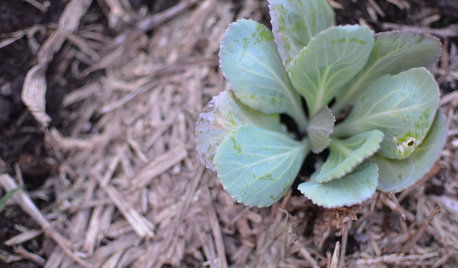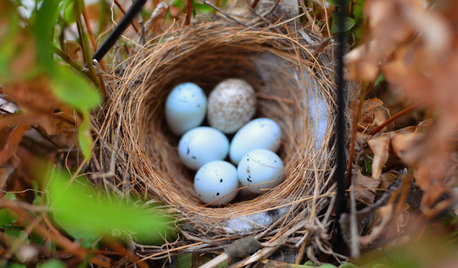Overwintering Spinach
biblion
12 years ago
Featured Answer
Comments (13)
defrost49
12 years agopixie_lou
12 years agoRelated Professionals
West Milford Landscape Architects & Landscape Designers · North New Hyde Park Landscape Architects & Landscape Designers · Salem Landscape Architects & Landscape Designers · Arlington Landscape Contractors · Andover Landscape Contractors · Forest Hills Landscape Contractors · Little Ferry Landscape Contractors · Palm Beach Gardens Landscape Contractors · Castle Rock Decks, Patios & Outdoor Enclosures · Fullerton Decks, Patios & Outdoor Enclosures · Grand Rapids Decks, Patios & Outdoor Enclosures · Huntington Decks, Patios & Outdoor Enclosures · Lebanon Decks, Patios & Outdoor Enclosures · St. Louis Decks, Patios & Outdoor Enclosures · Surfside Decks, Patios & Outdoor Enclosuresmad_gallica (z5 Eastern NY)
12 years agobiblion
12 years agopixie_lou
12 years agodefrost49
12 years agobiblion
12 years agopixie_lou
12 years agovermontkingdom
12 years agodefrost49
12 years agomagz88
12 years agodefrost49
12 years ago
Related Stories

WINTER GARDENINGExtend Your Growing Season With a Cold Frame in the Garden
If the sun's shining, it might be time to sow seeds under glass to transplant or harvest
Full Story
FALL GARDENING7 Reasons Not to Clean Up Your Fall Garden
Before you pluck and rake, consider wildlife, the health of your plants and your own right to relax
Full Story
GARDENING AND LANDSCAPINGHow to Make a Pond
You can make an outdoor fish paradise of your own, for less than you might think. But you'll need this expert design wisdom
Full Story
GARDENING GUIDES10 Easy Edibles for First-Time Gardeners
Focus on these beginner-friendly vegetables, herbs, beans and salad greens to start a home farm with little fuss
Full Story
GARDENING GUIDESSoutheast Gardener's October Checklist
When you're not toting houseplants back inside or planting cool-season crops, you can start preparing garden beds for next year
Full Story
FARM YOUR YARD9 Ways to Change Up Your Vegetable Garden for the Coming Season
Try something new for edible plantings that are more productive than ever
Full Story
MONTHLY HOME CHECKLISTSSeptember Checklist for a Smooth-Running Home
Get ready to get cozy at home with snuggly blankets, well-stocked firewood, added insulation and more
Full Story
GARDENING GUIDESThe Art of Green Mulch
You can design a natural garden that doesn’t rely on covering your soil with wood and bark mulch
Full Story
REGIONAL GARDEN GUIDESMid-Atlantic Gardener's September Checklist
Squash, anyone? Cool-season veggies are suiting up for the garden, while summer's last blooms are winding down
Full Story
GARDENING GUIDES4 Reasons Not to Rush the Spring Garden Cleanup
There are many positives to staying out of the garden, especially for wildlife
Full StorySponsored
Custom Craftsmanship & Construction Solutions in Franklin County
More Discussions







biblionOriginal Author